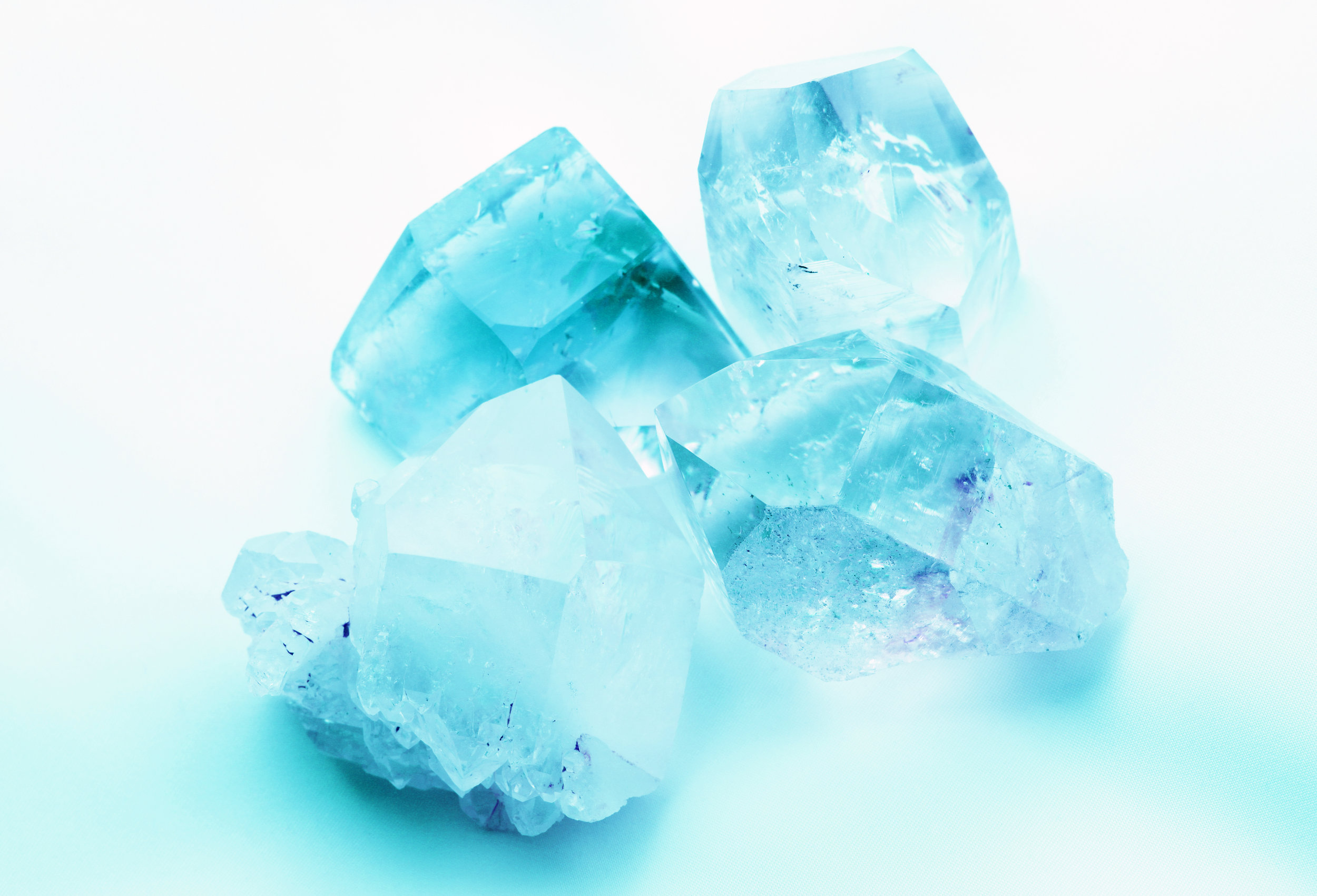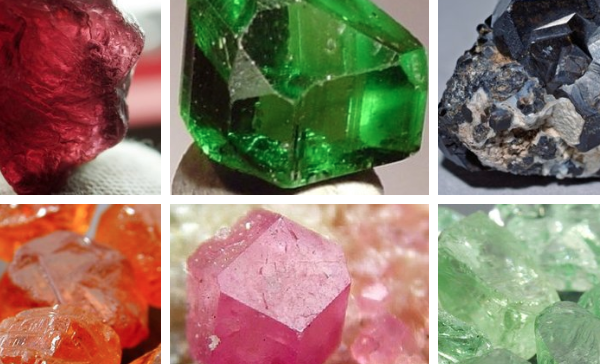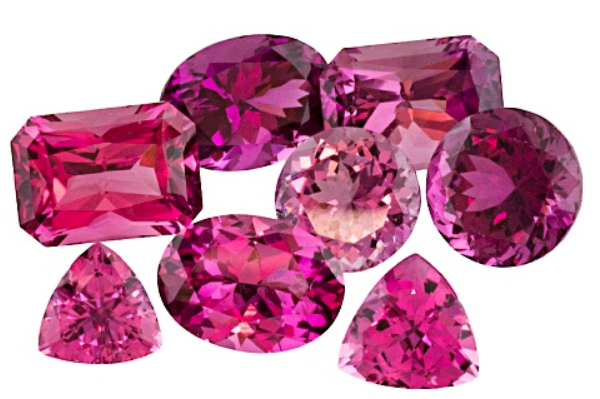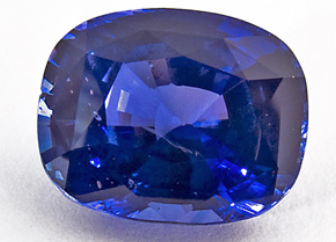If you were born in March, you may be aware that your birthstone is the exquisite, ice-blue Aquamarine. This well-known gem, whose name originates from the Latin for sea water (‘aqua marina’), is a gorgeous choice for those who love to be reminded of the ocean. There’s more to like about this stone than just its appearance. It is believed to have mystical properties and has been historically revered for its symbolic and protective powers. Here’s a glimpse of some of the myths and magic of March’s beloved birthstone.
Aquamarine in rough crystal form.
Fast facts: what is Aquamarine?
Aquamarine is a semi-precious member of the beryl gem group. It is graded according to its color, clarity, cut and carat weight (just like a diamond).
It’s the birthstone for the month of March and the wedding anniversary stone traditionally used to celebrate 19 years of marriage.
The aquamarine is linked to the zodiac sign of Pisces and the planet Neptune.
Renowned for its beautiful colour, this gem can be several varieties of blue, ranging from sea-green, to sky blue, to teal. Its saturation can range from a light depth of color to deep, rich tones. Its intensity can range from pale to vivid.
Aquamarine: a quick history
This enigmatic and somewhat mysterious gem has made its mark on history in many ways. It has been adored for its healing and protecting properties, as well as its beauty, for centuries.
Archaeologists have discovered remnants of aquamarine jewelry and amulets that can be dated back as far as 500 B.C.
Roman healers heralded aquamarine for its power to cure ailments of the stomach, liver, and throat, as well as its ability to reduce anxiety.
The stone’s association with the sea is not merely for its color. Sailors have worn this stone in protective amulets. They have believed that the calming blue gems are a “treasure” offered by mermaids to guard them from evil and to keep them safe.
In the Middle Ages, aquamarine was worn to calm nerves, as well as provide an antidote against poison.
21st century aquamarine-lovers consider this gem to be a symbol of courage, friendship, and loyalty.
Why is it still so popular?
Its stunning blue-green hue fascinates people. It has both a natural and precious appearance this is very attractive.
The stone can be used for art work carvings, as well as for jewelry.
Due to its softness and malleability, aquamarine is a jewel that can be shaped and cut in many ways. It’s is well-loved by many contemporary jewelry designers.
It’s extremely durable. Aquamarine doesn’t need special care or cleaning on a regular basis.
It is linked to happiness, good fortune in marriage, courage, release of stress and protection against enemies!
Aquamarine is suitable for bead and faceted faceted cuts. It is also used for carving art forms.
Where does it come from?
The world’s most valuable aquamarines are found in Columbia and Brazil. They are also found in the Colorado Rocky Mountains. There are mines, however, all over the world that have managed to extract high quality stones.
Kenya, Zambia, Tanzania, Nigeria and Madagascar
Afghanistan, Pakistan
Sri Lanka
Russia
One final fast fact about this precious gem…
The Dom Pedro is the largest aquamarine ever cut, at a breath-taking 10,363 carats. It is on display at the Natural History Museum at the Smithsonian in Washington, D.C.
The majestic Dom Pedro Aquamarine.






